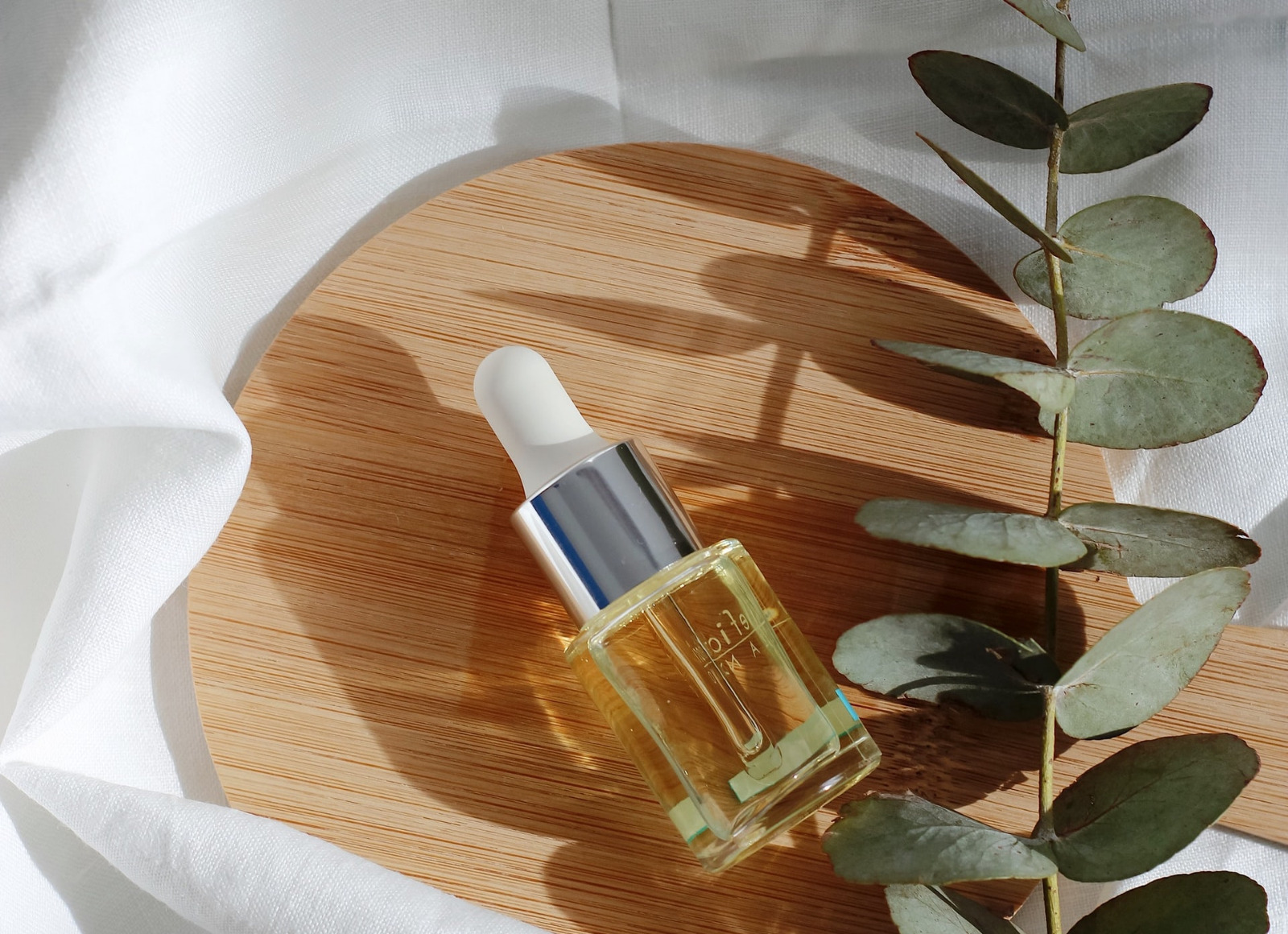What’s new?
On 17 December 2024, the OPSS published ‘The Cosmetic Products (Restriction of Chemical Substances) (No. 2) Regulations 2024’. This regulation adds 64 substances classified as CMR under the CLP Regulation to Annex II of the UKCR. Additionally, kojic acid will be included in Annex III of the UKCR.
Annex II additions
- Methylene di-t-butylcresol (CMR 1B) – entry 1681
- Methyl isobutyl ketone (MIBK) – entry 1691
- Benzophenone – entry 1704
- Theophylline – entry 1706
- Trimethylolpropane triacrylate – entry 1712
- Margosa (azadirachta indica) extract (from the kernels of Azadirachta indica extracted with water and further processed with organic solvents) – entry 1722
- Melamine – entry 1730
- Dimethyltolylamine – entry 1740
Annex III addition
- Kojic acid at 1% in face and hand products
What now?
This regulation will come into effect on 31 January 2025. The placing on the market deadline is 20 June 2025 and the making available deadline is 1 November 2025.
For Annex II entries from 1680 to 1730, the placing on the market deadline is 20 April 2025 and the making available deadline is 20 October 2025.
For Annex II entries from 1731 to 1743, the placing on the market deadline is 2 September 2025 and the making available deadline is 2 March 2026.
References:
OPSS – The Cosmetic Products (Restriction of Chemical Substances) (No. 2) Regulations 2024






